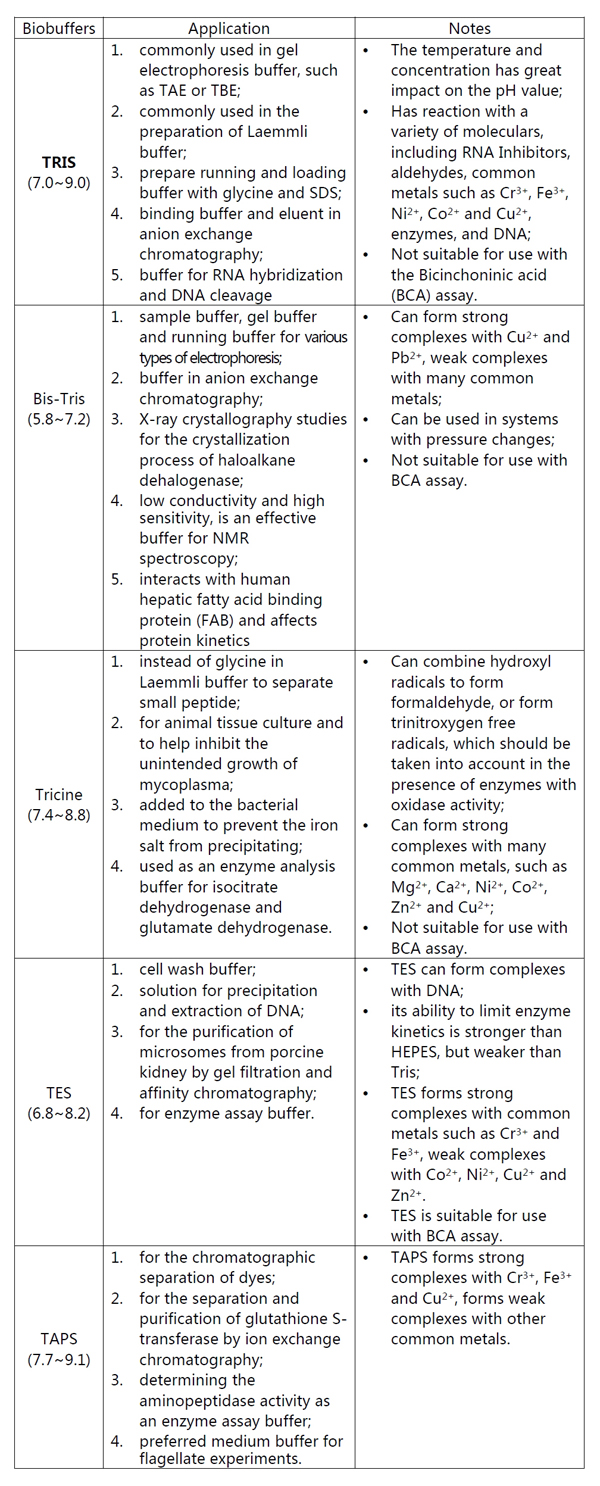According to our company's years of experience in the industry and customer feedback, we have learned that there are some problems in many Sn-Salt Electrolytic Coloring Agent in the market:
The Sn-salt electrolytic coloring agent produced by our company is a new environmental protection product. It has avoided the common problems and has been well feedback by new and old customers.
Our company is mainly engaged in the research, development, production and marketing of wastewater treatment chemical products (such as:Polyacrylamide,Alkali Aluminium Chloride,Chrome Removal Agentetc) and aluminum surface treatment chemical products (Neutralizing Agent,Sealing Agent etc)We
use chemical reactions to decompose the pollutants in sewage, and
always abide by the management concept of "Honesty first, Customer
first, Quality first". We are always ready to do our best for you!

